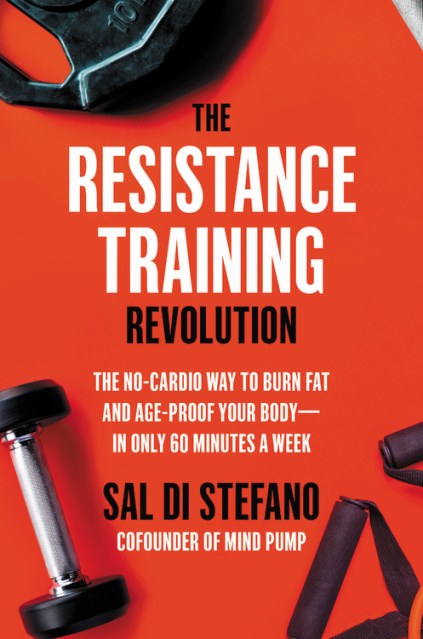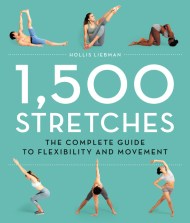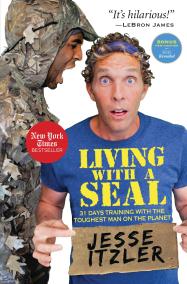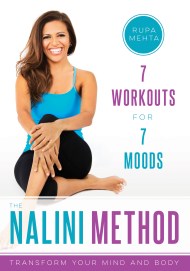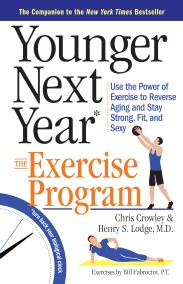Promotion
Use code MOM24 for 20% off site wide + free shipping over $45
The Resistance Training Revolution
The No-Cardio Way to Burn Fat and Age-Proof Your Body—in Only 60 Minutes a Week
Contributors
Formats and Prices
Price
$29.00Price
$37.00 CADFormat
Format:
- Hardcover $29.00 $37.00 CAD
- ebook $12.99 $16.99 CAD
- Audiobook Download (Unabridged) $18.99
- Trade Paperback $19.99 $25.99 CAD
This item is a preorder. Your payment method will be charged immediately, and the product is expected to ship on or around April 27, 2021. This date is subject to change due to shipping delays beyond our control.
Also available from:
Burn fat, build lean, sexy muscles, lose inches, and feel healthier, more energetic, and youthful than you ever have in your life…with a revolutionary new approach to resistance training.
Tired of spending hours on the treadmill? Dealing with the joint paint of high impact exercise? And seeing very few results in terms of fat-burning and weight loss? If so, it’s time to join the revolution. Brought to you by Sal Di Stefano, the founder of the mega popular Mind Pump podcast, The Resistance Training Revolution reveals how resistance training is the best form of exercise to burn fat, boost metabolism, and achieve health benefits you cannot obtain from other forms of exercise.
Di Stefano breaks down fitness misconceptions, shares his decades of industry knowledge, and brings you a comprehensive, accessible guidebook that will give you the body you’ve always wanted—in as little as 60 minutes a week. This book features:
Tired of spending hours on the treadmill? Dealing with the joint paint of high impact exercise? And seeing very few results in terms of fat-burning and weight loss? If so, it’s time to join the revolution. Brought to you by Sal Di Stefano, the founder of the mega popular Mind Pump podcast, The Resistance Training Revolution reveals how resistance training is the best form of exercise to burn fat, boost metabolism, and achieve health benefits you cannot obtain from other forms of exercise.
Di Stefano breaks down fitness misconceptions, shares his decades of industry knowledge, and brings you a comprehensive, accessible guidebook that will give you the body you’ve always wanted—in as little as 60 minutes a week. This book features:
- Over 60 fat-burning, metabolism-boosting workouts you can do at home to sculpt your body and maximize your health and longevity
- Raw fitness truths that will show you what works and what doesn’t. You’ll be shocked at how easy it is to build lean muscle and lose fat once you understand these truths, and once you train your body the right way
- The newly discovered health benefits of resistance training in terms of heart health, bone strength, joint protection, and especially antiaging
- The exact formula for nutrition that makes losing fat, while sculpting your body a breeze and for the long term.
- Dozens of self-assessments to track your progress, and much more
Genre:
-
“Stop those mindless hours of ‘cardio’ and make real gains in health and weight loss by adopting Sal DiStefano's enlightening advice to adopt resistance exercise. Sal dashes widely held misconceptions about exercise and describes why aerobic exercise can be counterproductive, even detrimental, and why resistance exercise that builds muscle is key to weight loss, metabolic health, even healthy aging.”William Davis, MD, #1 New York Times bestselling author of the Wheat Belly book series and Undoctored
-
“This book is a clear and practical guide to training your body and your mind with simple, proven steps based in science. Sal Di Stefano’s raw fitness truths about motivation, resistance training and intuitive eating can help anyone, at any age, at any level.”Jason Fung, MD, physician, New York Times bestselling author
-
“Sal is one of my favorite fitness authorities. In The Resistance Training Revolution, he explains why lifting weights or using resistance is the best form of exercise for health, fat loss and longevity for people of all walks of life. I highly recommend this book to anyone who is interested in improving their health who also doesn’t have hours a week to dedicate to fitness.”Dr. Jolene Brighten, author of Beyond the Pill
-
"You don't just read this book—you do it, and you get the body you’ve always wanted. It's never too late to get into great shape, so this is a must-read for anyone at any age who wants to lose fat, build muscle, and get strong...for life."Michael Matthews, bestselling fitness author and founder of Legion Athletics
-
“Sal Di Stefano is brilliant and my go-to source for all things fitness. He bridges a crucial divide, presenting cutting edge fat loss techniques while keeping in sight the science of living and aging well. We live in challenging times, and Sal expresses a true understanding of the hurdles real people must go through in order to see results today. Anyone who reads this book and follows Sal’s advice will see improvements right away, both in mindset and in the mirror.”Max Lugavere, author of Genius Foods and The Genius Life
- On Sale
- Apr 27, 2021
- Page Count
- 304 pages
- Publisher
- Hachette Go
- ISBN-13
- 9780306923784
Newsletter Signup
By clicking ‘Sign Up,’ I acknowledge that I have read and agree to Hachette Book Group’s Privacy Policy and Terms of Use
